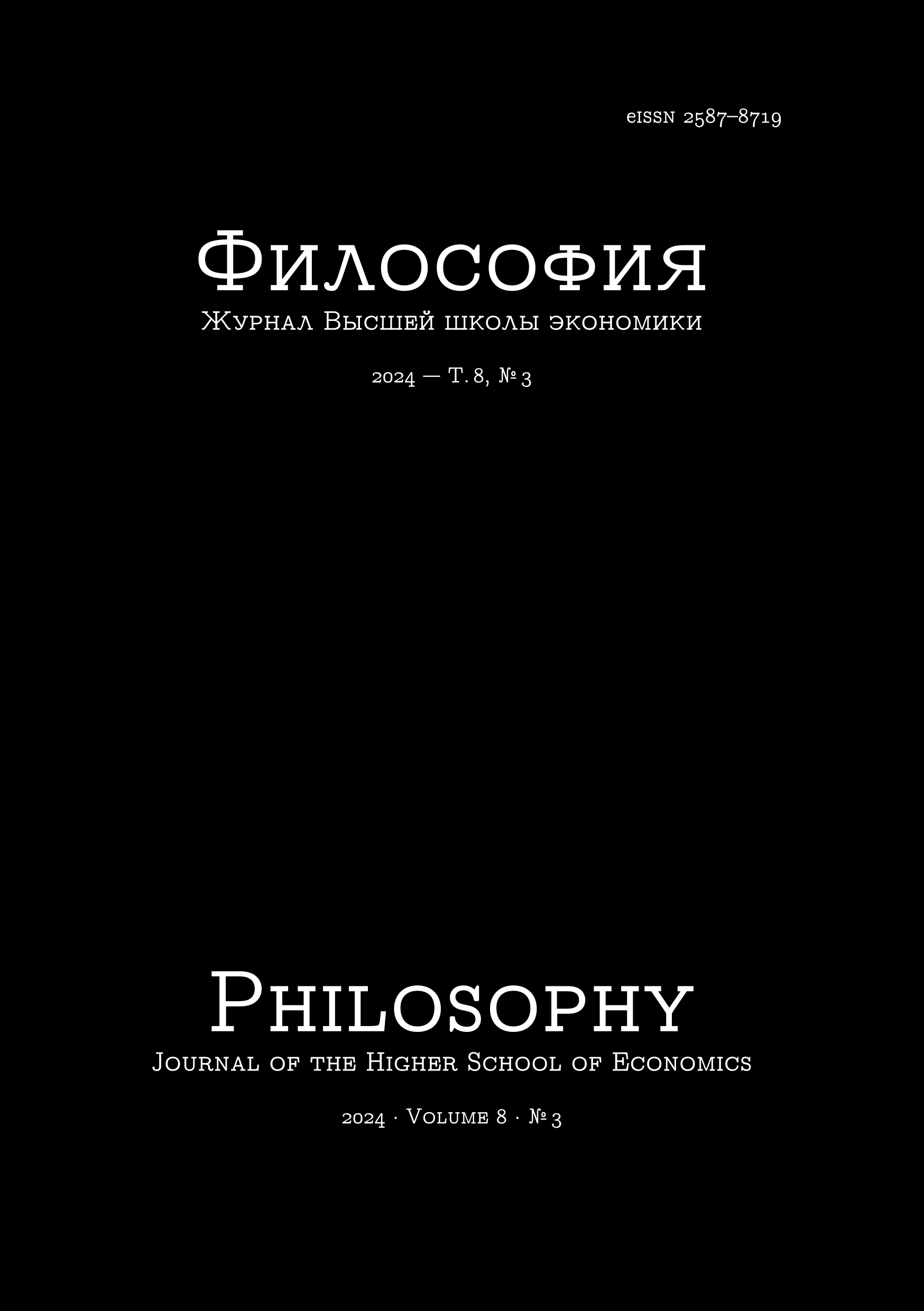Pseudoplatonica: Splendors and Miseries of Stylometry
Abstract
The article discusses the possibility of using the stylometric method to determine the authorship of dialogues of the Corpus Platonicum. The fact that some dialogues in the Corpus are not authored by Plato was already known in antiquity, but recent studies show that the whole of the pseudoplatonica, including the spuria from the Appendix Platonica, is of Academic origin. The production of dialogues in the Academy continued as long as the school existed, that is, until roughly the end of the Hellenistic era. However, even the newest methods of attributing authorship will not allow us to establish the Platonic authorship with certainty. On the one hand, as K. Ritter noted at the end of the 19th century, stylistic proximity to authentic texts does not exclude forgery, and in general the methods of philological criticism allow only rejection of authenticity, not its proof. On the other hand, the reason for doubt (at the stylistic level) might be given by separate locutions to which quantitative methods, based on the most frequent vocabulary, are insensitive. Such is the dialogue “Alcibiades 2”, for the rejection of which G. Ledger did not find sufficient grounds in the stylometric analysis. Finally, a dialogue may behave anomalously in quantitative comparisons, but this in itself does not make it suspicious: Plato is quite capable of “ventriloquizing” with other people's voices and freely switching stylistic registers. This is the case of the “Menexenus”, the only epitaphios in the Corpus, and delivered on behalf of a woman.
Downloads
Copyright (c) 2024 Philosophy Journal of the Higher School of Economics

This work is licensed under a Creative Commons Attribution-NonCommercial 4.0 International License.






